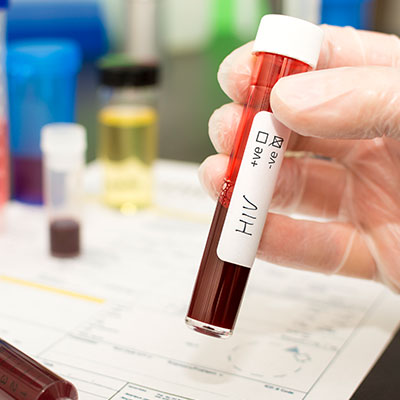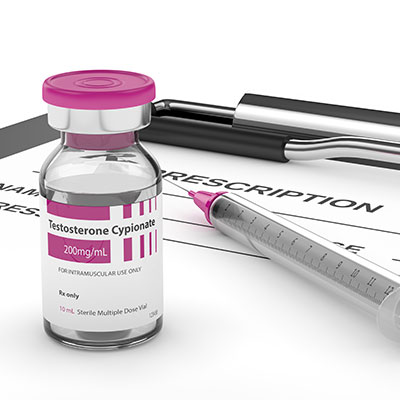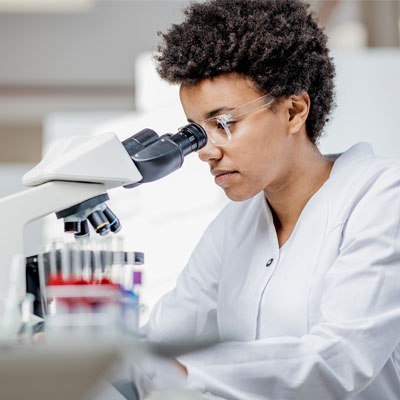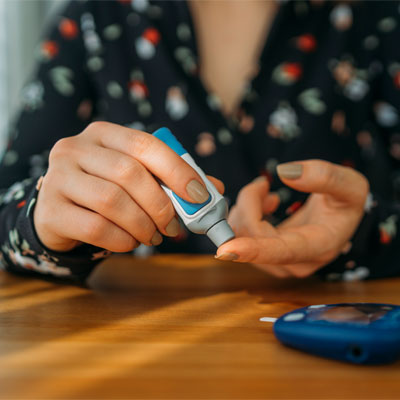The Role of Testosterone Replacement Therapy in HIV
Contents

There definitely appears to be a link between low testosterone and HIV infection. Low testosterone is common in all men over 50. This is because testosterone levels decline in all men as they age. So, as the HIV-positive community is living longer thanks to successful antiviral therapies, this can account for some of the increased incidences of low testosterone (hypogonadism) among individuals with HIV.
However, studies have found that low testosterone is more likely in younger men with HIV/AIDS than in non-infected men of similar ages. This seems to suggest some other connection between HIV and low testosterone than the normal age-related testosterone decline.
Studies have found that testosterone replacement therapy can be helpful in counteracting the “wasting” of muscle and bone typical of HIV/AIDS patients. This is particularly true in HIV-positive patients who have also been diagnosed with low testosterone.
What Is Testosterone Deficiency?
A testosterone deficiency is when your body is not producing enough testosterone. Testosterone is a vital hormone. It is the most important male hormone. Testosterone is primarily responsible for all of the “male sexual” characteristics – larger muscles, deeper voices, facial hair, etc. Beyond that, testosterone plays a major role in metabolism, muscle and bone strength, cognition, and sexual performance.
Testosterone deficiency can be primary or secondary.
- Primary testosterone deficiency is less common. A primary testosterone deficiency is caused by disease or injury that lowers or prevents the testis from producing adequate amounts of testosterone.
- Secondary testosterone deficiency accounts for 75 percent of the cases and is related to the hormonal and neurological interactions that stimulate the production of testosterone. Certain disease conditions such as some cancers and metabolic disorders can lead to secondary testosterone deficiency; however, the most common cause is age-related testosterone decline.
Is There a Link between Low Testosterone and HIV?
While the HIV infection does not cause low testosterone, studies have shown that men with HIV are more apt to have low testosterone than men of similar age who are not infected with the disease.
Testosterone deficiency in men with HIV is largely associated with some impairment of the testes resulting in the diminished production of testosterone beyond what would be expected of a man’s specific age. In the general population, low testosterone occurs in about one in 25 men between the ages of 30 and 50, increasing to one in 14 between the ages of 50 to 79. By contrast, the incidence among men with HIV can be as much as five times greater.
How Can Testosterone Replacement Therapy Help HIV/AIDS Patients?

Men with HIV/AIDS tend to experience a condition known as “HIV Wasting.” HIV wasting is characterized by a loss of lean muscle, loss of bone density, and an inability to build muscle even while working out. This condition has been shown to be reversed with testosterone therapy in HIV patients.
In particular, several studies have shown that testosterone replacement in HIV-positive men with low testosterone significantly increases bone density and reduces the risk of HIV-related osteoporosis and osteoporosis-related fractures that can be common in HIV-positive patients.
While testosterone replacement is available in several forms, testosterone injections have been the most studied and the most recommended to help HIV patients.
Low Testosterone In HIV-Positive Females
Women’s bodies make and need testosterone as just as men’s do, albeit in smaller amounts. Low testosterone does occur in females, though it is far less common than in males. The same is true of HIV-positive women. While low testosterone is far less common in women how are HIV-positive than men who are infected, it does occur, and in such affected females, testosterone replacement along with careful medical supervision can also be effective in treating the wasting common in HIV.
What Does the Medical Research Say About HIV and Testosterone?
A Trusted sourceUse of Testosterone in Men With HIV Is Associated With Higher Bone Mineral DensityAJMCGo to source2018 study found that men with HIV who use testosterone have “greater bone mass density (BMD) and higher T-scores at the lumbar spine, total hip, and femoral neck” as compared with nonusers. The study population included men with and without HIV infection who have sex with men, based on the Multicenter AIDS Cohort Study.
A Trusted sourceHypogonadism in the HIV-Infected ManNCBIGo to source2017 meta-analysis (study of study) also concluded that the main impact of low testosterone in HIV-positive patients is a loss of bone density. This study concluded, “Once hypogonadism has been confirmed [in and HIV patient] and evaluated, appropriate testosterone replacement should be considered. The aims of treatment are to improve clinical symptoms, reduce the risk of osteoporosis and maintain serum testosterone concentrations in the normal healthy male reference range. The main long-term consequence of untreated hypogonadism is reduced bone density and osteoporosis.”
A study presented in 2015 at the Trusted sourceMen With HIV Twice as Likely to Have Low TestosteroneTheBodyProGo to sourceInterscience Conference on Antimicrobial Agents and Chemotherapy (ICAAC 2015) found that HIV-positive men are twice as likely to have low testosterone than men not infected with the virus. The study involved 113 men younger than 50 years old with a viral load below 50 copies/mL for more than six months while in care at a single center in Tourcoing, France. The French team concludes that hypogonadism is common in HIV-positive young and middle-aged men, more so than in similar-aged men not infected with HIV.
Now that you know a bit more about how testosterone can help people living with HIV, why not contact us today and find out more about the many other life-changing benefits of testosterone therapy and other hormone replacement therapies.
FAQ
1. Is it Safe to Take Testosterone if You Are HIV Positive?
Yes, it is safe to take testosterone if you are HIV positive. Testosterone replacement therapy has been shown to have several benefits for patients who are HIV-positive and also have been diagnosed with low testosterone (hypogonadism). However, be sure to discuss any HIV drugs you are taking with your doctor before you start testosterone replacement therapy.
2. Can HIV Cause Low Testosterone?
There is a link between men with HIV and low testosterone. Studies have found that men with HIV are more likely to be suffering from low testosterone than men who are not infected. However, the link does not necessarily mean causation.
While we cannot say definitively that HIV causes lower testosterone levels, we do know that low testosterone is common in HIV-positive patients and that such patients can and do benefit from testosterone replacement therapy.
3. What Causes Low Testosterone
There can be a number of causes of low testosterone. Any disease or injury that impacts the testes can cause low testosterone. This is known as "primary hypogonadism." But most cases of low testosterone are "secondary." And the most common cause of "secondary" hypogonadism is age-related testosterone decline.
Testosterone production in males reaches its highest level at about the age of eighteen. In most men, their testosterone levels will stay at or pretty close to that maximum level through their 20s. Then, once you are over 30, your testosterone level will start on a steady downward slope. By the time you are over 40, most men will be feeling the negative impacts of low testosterone.
4. What Are the Signs and Symptoms of Low Testosterone
The signs and symptoms of low testosterone, also known as Low-T include:
- Decrease in libido or sex drive
- An overall feeling of reduced virility and vigor
- Changes in mood
- Erectile dysfunction
- Loss of stamina
- Loss of muscle tone
- Weight gain
- Loss of memory and other cognitive issues
5. How Is Low Testosterone Treated
The only authentic medical treatment for low testosterone is prescription testosterone replacement therapy. Testosterone therapy is a clinically proven way to return your testosterone levels to normal. Testosterone replacement therapy can take several different forms, depending on your specific diagnosis and needs.
These can include pellets, injections, skin- patches, creams, lozenges, or any combination thereof. Our doctors believe that testosterone injections are the safest and most effective form of testosterone therapy. Your physician will decide what testosterone therapy program is best for you and your lifestyle.



